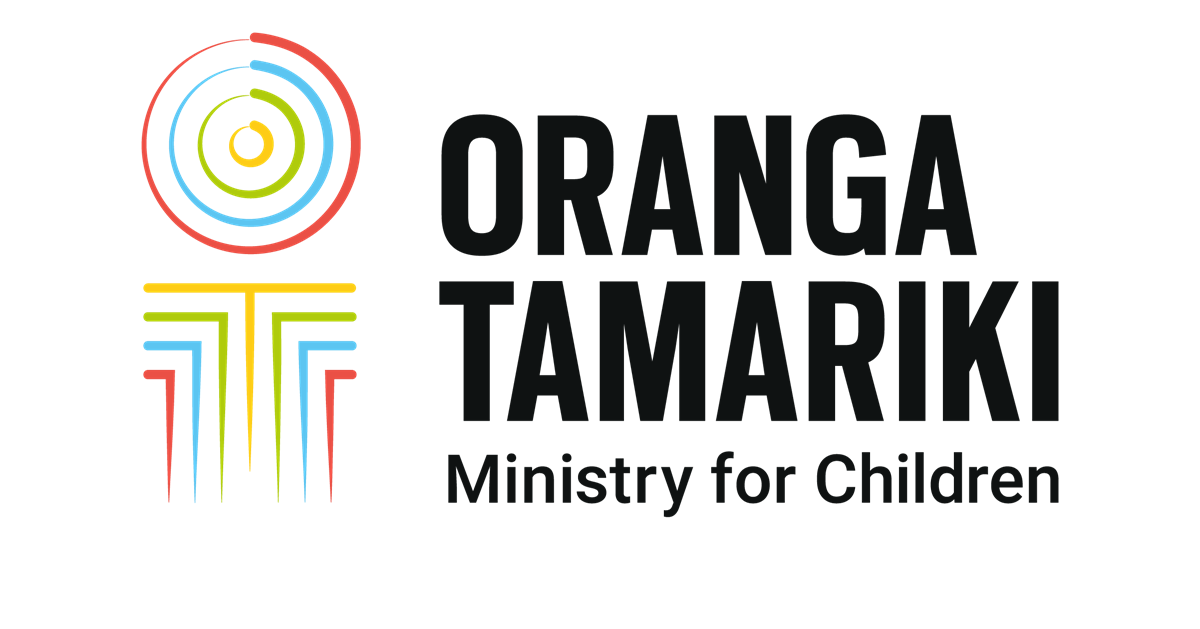Hei Huarahi - a new path for tamariki
Published: July 21, 2019
Tamariki in care and youth justice are forming deeper connections to their culture and whakapapa at wānanga held within Te Whare Tapu o Ngāpuhi.
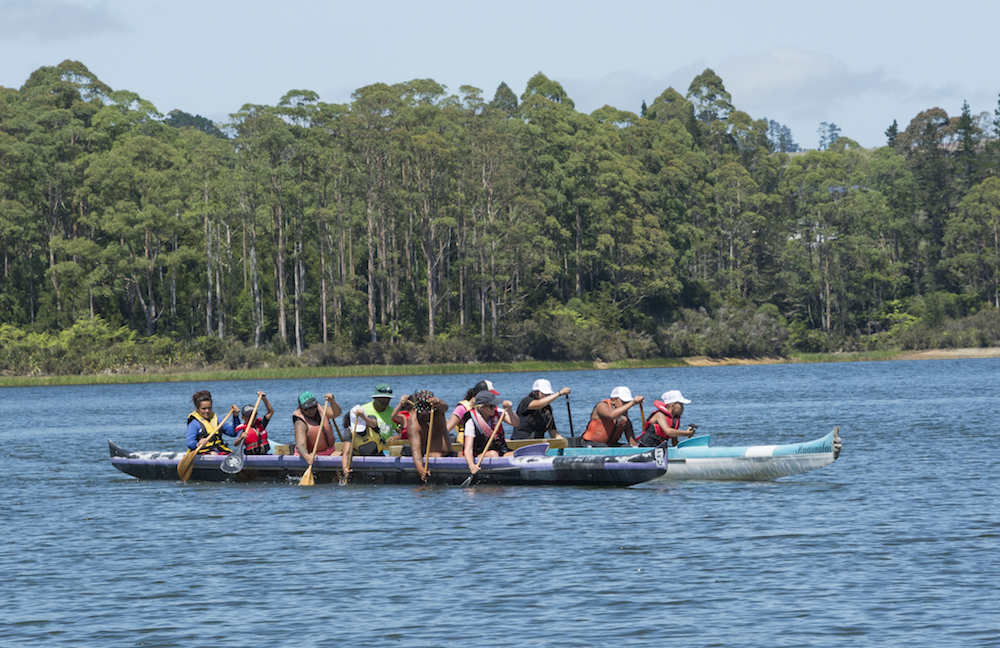
Kō wai koe? Nō hea koe?
Hei Huarahi is held over four days in the school holidays by Ngāpuhi Iwi Social Services (NISS) for tamariki who whakapapa to Ngāpuhi.
They stay at a marae together in groups up to 50 and are involved in mana-enhancing activities to strengthen their understanding of who they are and where they come from.
NISS Mentor, Markus Rogers, says they aspire for taitamariki to learn their whakapapa and gain strength, inspiration and life skills through tikanga Māori.
“Kō wai koe? Nō hea koe? Who are you? Where do you come from? This knowledge gives us good standing in everything we do in life.
“We are helping taitamariki identify elements of their identity they didn’t know before. We hope they will want to come back because they have seen, heard or experienced something that has inspired them.”
Wendy and Numia
Exploring connections in Te Tai Tokerau
Grey Lynn Social Workers, Numia Korewha and Wendy Anderson are championing Hei Huarahi in Tāmaki Makaurau as they know many tamariki are missing this connection to their culture.
“I've been involved in six of these wānanga and I've found that the experience has helped taitamariki grow in confidence and come away with a deeper sense of belonging and understanding of who they are," Wendy says.
"Taitamariki get to walk, touch and feel the whenua, swim the moana, explore the ngahere and listen to stories of their tupuna i roto i Te Whare Tapu o Ngāpuhi.
"It's also a great way for us to get to know taitamariki and build a relationship with them and their whānau."
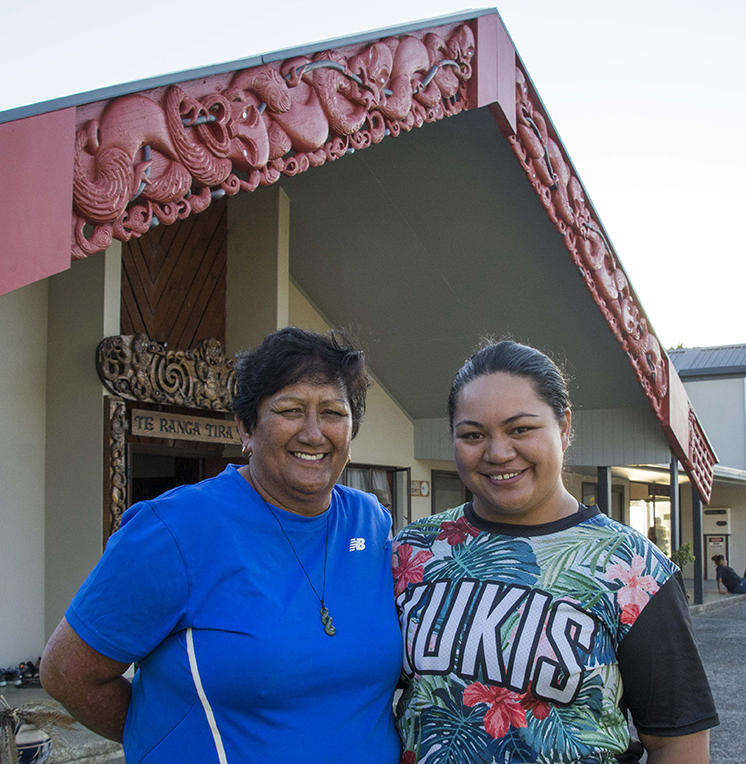
Thinking creatively for taitamariki in Youth Justice
Taitamariki in Youth Justice are able to complete community service hours through Hei Huarahi as an agreement has been made with Police recognising the pro-social and cultural benefits.
Whangarei Youth Justice Social Worker, Jessie MacAskill, got involved with three of her young people and she says it brought out the best in them.
“At first the boys refused to get in the van and then at the end they didn’t want to leave.
“It was awesome for us to see them involved in something outside of their comfort zones and they showed great leadership qualities.”
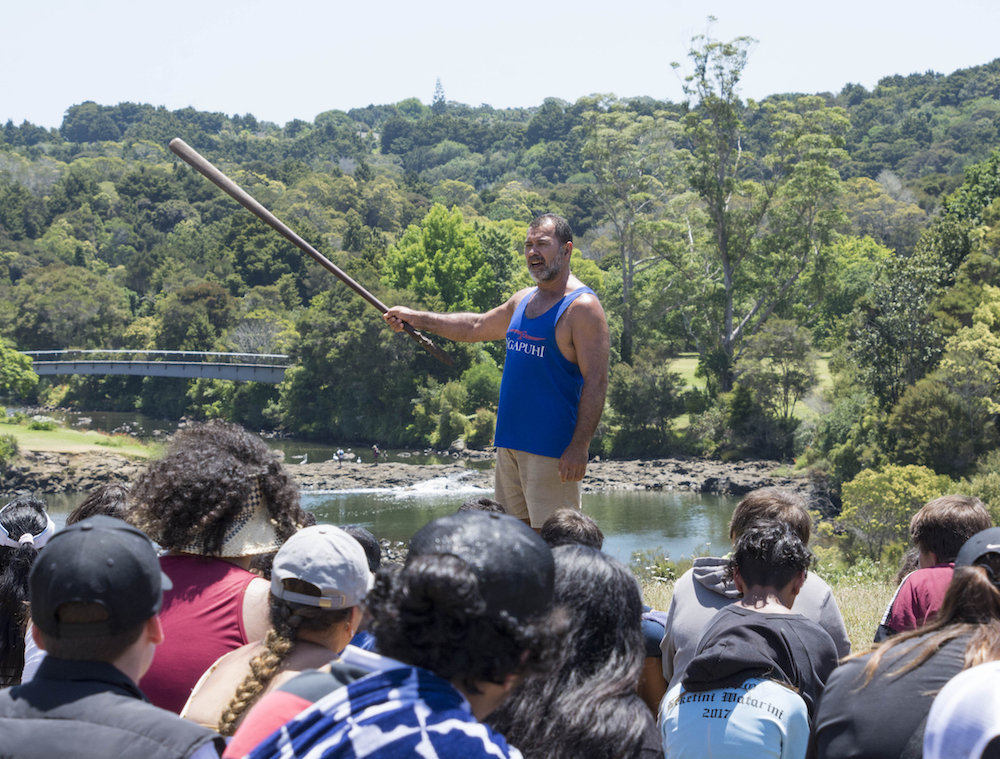
At the wānanga in January, they stayed at Whitiora Marae, visited Lake Manuwai for waka ama and learnt about the history of Kororipo Pā and Rewa’s Village in Kerikeri.
In the Easter holidays, tamariki learnt from a local kaumatua and serviceman about the meaning of Anzac Day and the role Ngāpuhi men played in the war.
They also learnt about their tūpuna, Kupe, whilst overlooking the Hokianga harbour, and walked the track leading to the inlet where Samuel Marsden first landed on the shores of Aotearoa.
Assessing cultural needs of tamariki
Under the new Care Standards and Section 7AA, Oranga Tamariki must assess the cultural needs of tamariki in care and youth justice. Initiatives like Hei Huarahi help meet these needs for tamariki Māori.
This collaboration is supported and encouraged in the Strategic Partnership Agreement Oranga Tamariki signed with Te Rūnanga-Ā-Iwi O Ngāpuhi in December last year.
Higher aspirations for Ngāpuhi taitamariki
Learn more about the Strategic Partnership Agreement
